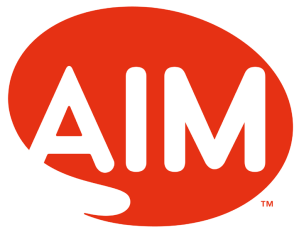
For several years, Google’s Gmail has enabled users to log into AOL’s AIM instant messaging service from within Gmail and chat with their AIM contacts just as if they were Google Talk contacts. Now, AOL is looking to simplify things a bit by eliminating a separate sign-in step: Google Talk users will no longer have to separately log into AIM within Gmail: instead, simply signing in to Gmail will be enough to pair users up with their AIM contacts. AOL says the change should begin rolling out in the next few days.
AOL also says it it working on an AIM to Gmail importer so enable AIM users to add AIM contacts to their GMail contact list. Users will also be able to add AIM contacts to Gmail manually.
There is a downside to this integration: users accessing AIM via a Gmail login will not have their online status reflected on their AIM account, meaning friends who only know you by your AIM handle won’t be able to tell if you’re online. AOL recommends using a full-blown AIM client for desktop or mobile if the online status indication is important to you.
Although many serious instant messaging users have long-since converted to clients that bring together a range of separate IM services in a single interface, the announcement highlights that the instant messaging world is still a group of competing fiefdoms that don’t do a good job talking to each other. However, at least we’ve come a long way in the last decade, when instant messaging services actively fought each other to block access.


